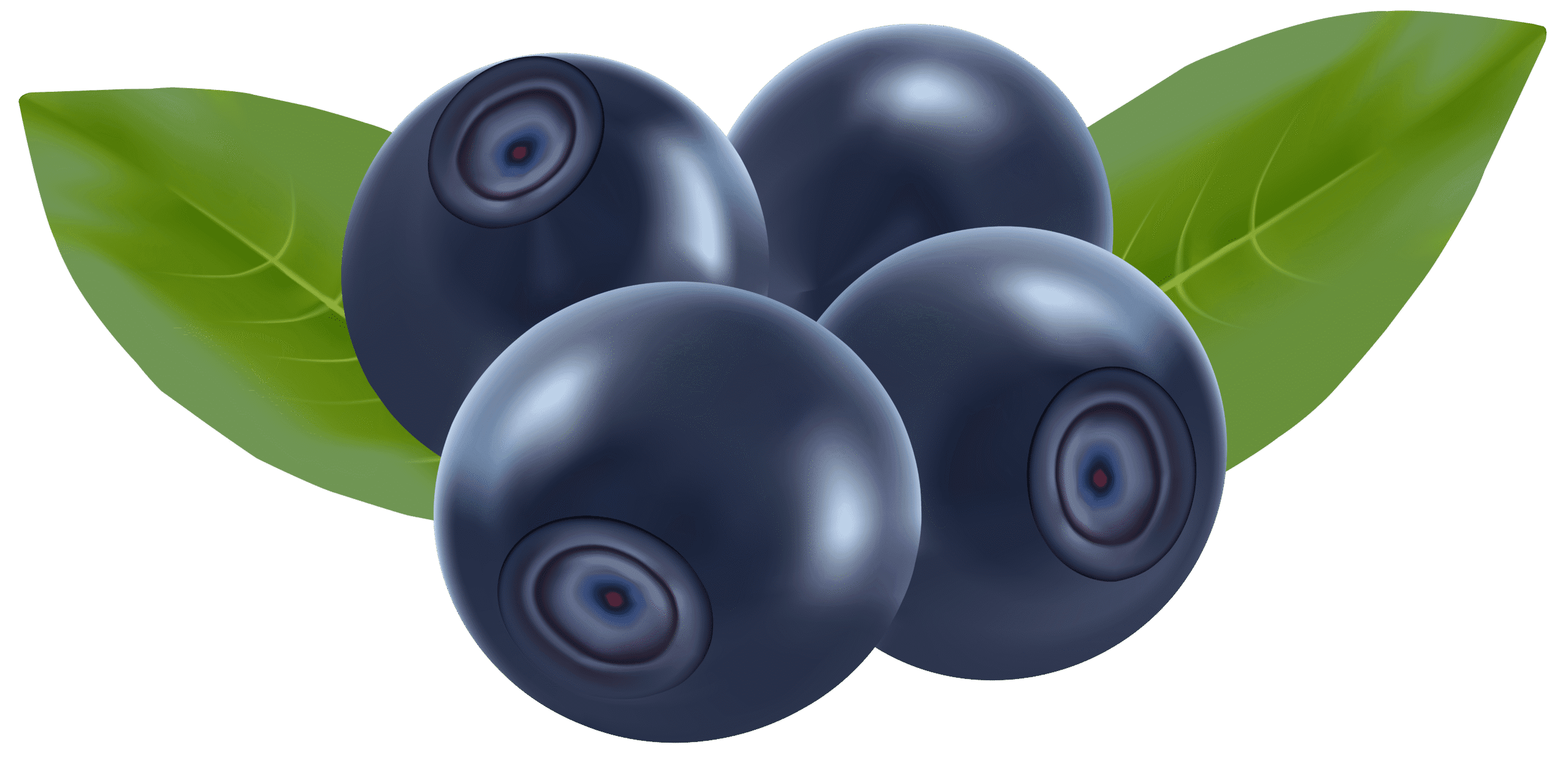Blueberry Drawing Guide: Easy Steps, Ideas, and Techniques for Beginners

Drawing fruits is a classic way to sharpen your artistic skills and explore textures, shapes, and colors. One of the most charming and rewarding fruits to draw is the blueberry. With its rich blue hue and round, simple structure, a blueberry drawing can range from realistic still life to playful cartoon art.
Whether you’re just starting or refining your technique, this complete guide will help you master the blueberry in your style. From sketching outlines to adding detail and color, you’ll discover everything you need to know about drawing blueberries.
Why Choose Blueberries as a Drawing Subject

Blueberries are small, round, and relatively easy to draw compared to more complex fruits like pineapples or grapes. But don’t be fooled — capturing the subtle variations in shade, the bloom on the surface, and how they bunch together offers a great opportunity to learn texture, shading, and realism.
Here’s why blueberries make a great drawing project:
Simple shape that helps beginners gain confidence
Color practice with shades of blue and purple
Ideal for both realistic and cartoon-style drawing
Works well in still life and food illustration themes
Materials You’ll Need for a Blueberry Drawing
Before we get into techniques, make sure you have these basic tools ready:
Pencil (HB or 2B for sketching)
Eraser
Drawing paper or sketchbook
Colored pencils (shades of blue, purple, black, and white)
Optional: Markers, watercolor, or digital drawing tools (for advanced styles)
Step-by-Step Blueberry Drawing Tutorial
Here’s a simple, beginner-friendly way to draw blueberries:
Draw the Basic Shapes
Start by sketching a few overlapping circles. Keep the lines light. These circles will form the base of each blueberry.
Add the Crown Detail
Each blueberry has a small, star-like crown at the top. Lightly sketch a five-pointed star on the top of each circle. It doesn’t have to be perfect — organic shapes look more realistic.
Define the Form
Use a darker pencil to firm up your outlines. Add contour lines where the blueberries overlap or where they bend slightly.
Add Light Shading
With a 2B or 4B pencil, start shading the bottom parts of each berry to show where light doesn’t hit. Leave a small spot on the upper part of each berry unshaded — that’s your highlight area.
Add Texture
Blueberries have a soft bloom (a natural waxy surface). Use gentle circular strokes to give a slightly rough texture, especially around the crown.
Color the Drawing (Optional)
Use shades of blue and purple for the main body. Use a bit of black for shadows and white for highlights. Blend softly for a natural look.
Style Variations in Blueberry Drawing
Once you’ve mastered the basics, try experimenting with different styles:
1. Realistic Blueberry Drawing
Focus on shading and textures. Use colored pencils or graphite. Pay attention to the light source and reflective highlights.
2. Cartoon Blueberry Drawing
Simplify the shapes. Add cute faces or use bold black outlines. Ideal for kids or digital illustrations.
3. Watercolor Blueberry Drawing
Perfect for loose, expressive art. Use the wet-on-wet technique to blend blues and purples softly.
4. Digital Blueberry Drawing
Use tools like Procreate or Photoshop. Digital art allows you to add textures and layers without a mess.
Tips for Improving Your Blueberry Drawing
Use reference photos: Always draw from real images to study shadows and color accuracy.
Practice bunches: Blueberries often appear in groups. Try drawing them in clusters for a more dynamic look.
Layer your colors: Don’t just use one blue. Layer different shades to create depth.
Mind the lighting: Decide where your light source is. Highlights and shadows will depend on this.
Try drawing in ink: Once you’re confident, try outlining your pencil drawing in ink for a bold finish.
Creative Ideas for Using Your Blueberry Art
Once you’ve completed your blueberry drawing, you can use it in creative ways:
Print it as a kitchen art piece.
Use it in a recipe book illustration.
Create fruit-themed wallpapers or stickers.
Include it in a still life art portfolio.
Add it to social media content or blog visuals
Fun Blueberry Trivia for Artists
Blueberries are native to North America and are known as a superfood due to their antioxidants.
The color of blueberries changes as they ripen, which gives artists a chance to practice gradients.
In art therapy, drawing fruits like blueberries is often used to teach focus, patience, and hand control.
Conclusion
The blueberry drawing is more than just a simple fruit sketch. It offers artists of all levels a chance to explore color theory, form, and creative expression. Whether you’re drawing for fun, practicing realism, or creating food art, blueberries are a versatile and rewarding subject.













